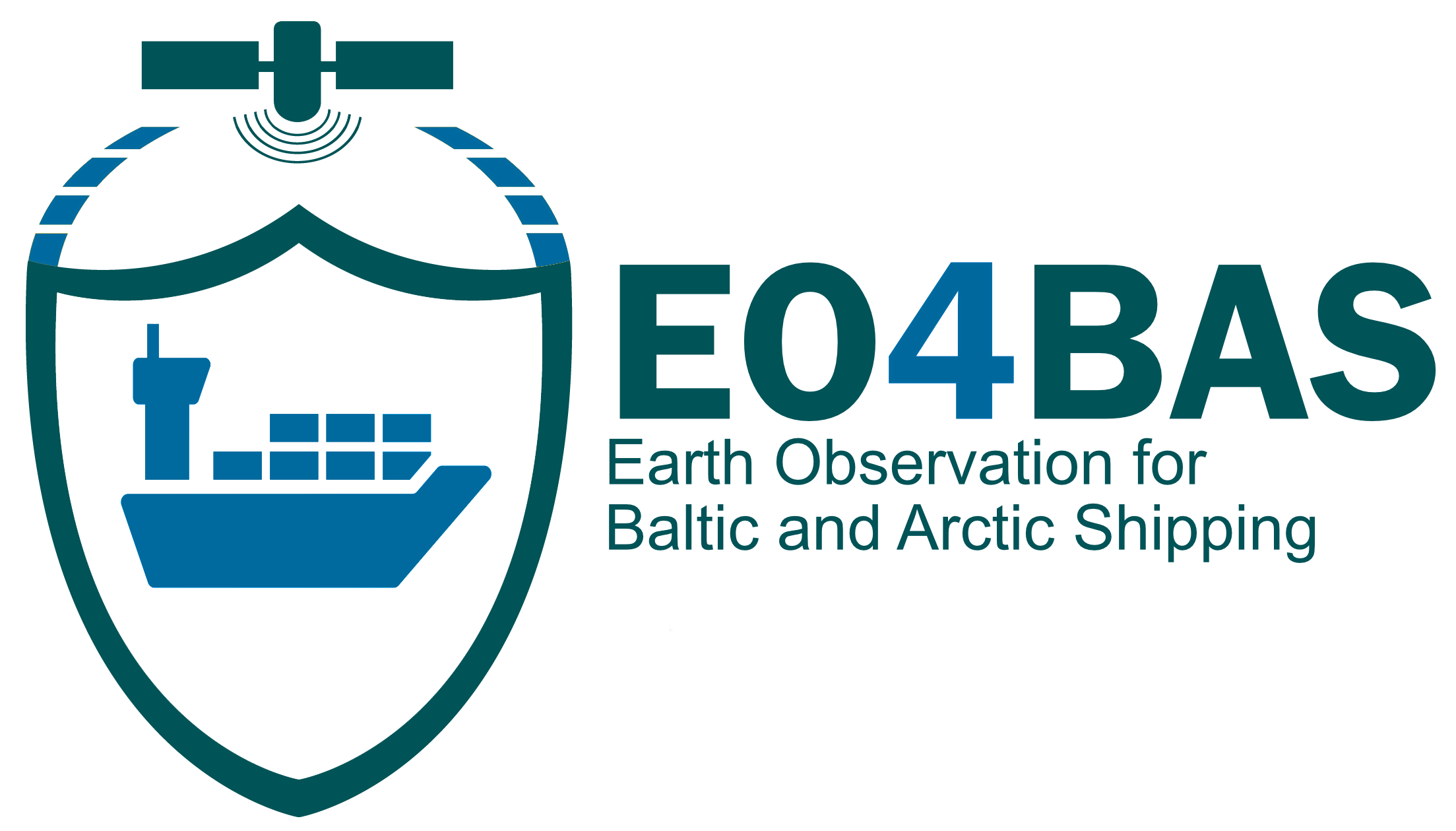EO Products / Long Term Statistics of Ice Condition
(Left) Time series of daily Antarctic sea ice extent (million km2) for 2012 (blue), 2022 (orange), 2023 (black), all other years since 1979 (thin grey lines), and the median for the reference period (dashed grey line). (Right) Monthly anomalies (%) in Arctic sea ice extent for March (top) and September (bottom) from 1979 to 2023. The anomalies are relative to the respective monthly averages for the 1991–2020 reference period and expressed as a percentage of these averages. Note the different ranges of the vertical axes. Data source: OSI SAF Sea Ice Index v2.2. Credit: C3S/ECMWF/EUMETSAT. Source: https://climate.copernicus.eu/climate-indicators/sea-ice
Product Description
Long term statistics of ice conditions for shipping are useful for assessing the feasibility, safety, and efficiency of different shipping routes in the Arctic and other ice-covered regions.
From 1979 to 2023, Arctic Sea ice shrank by 32,000km2 every year in winter (March) and by 74,000 km2 every year in summer (September). Summer sea ice lost about 12.8% of its area per decade. Since 2007, every summer had less sea ice than any year before 1979, when satellites started measuring. Arctic sea ice also became much thinner and younger, as more ice melted in summer and less ice grew into thicker, multi-year floes. In the mid-1980s, old ice that was four years or older covered one third of the total ice area in March, but since 2011, old ice only covered 5% (European Enviroment Agency, 2023; Min et al., 2022; National Snow and Ice Data Center, 2024).
Product Specification
BUSINESS PROCESS | SD, SC, SCE, IN, SO |
DESCRIPTION | Long-term statistics refer to the analysis of data over an extended period (longer than 5 years). Data for long-term statistics are collected at regular intervals or continuously over the specified time range. |
EO INFORMATION OF INTEREST | Iceberg tracking (ICBG), sea ice concentration (SIC), and thickness (SIT) |
MAIN PROCESS STEPS | Observations of Arctic Sea ice are available from the EUMETSAT OSI SAF reanalysis, in which a consistent time series of daily, gridded data for sea ice concentration is made from the passive microwave sensors SMMR and SSM/I data. Ice extent for the winters of 1720-1940 is based on a construction from various sources, including observations at lighthouses, old newspapers, records of travel on ice, scientific articles, and air temperature data from Stockholm and Helsinki. Data for 1945-1995 stems from the Finnish operational ice service. Data since 1995 are based on satellite observations. |
INPUT DATA SOURCE | AMSR-2 or other radiometers satellite data due to the requirement of long time series. |
SPATIAL RESOLUTION AND COVERAGE | SIC Global: 1979-ongoing, 25x25km - 6km (Finer resolution is available for the Artic from 2019 to the present at 1km and for the Baltic area from 1982 to the present at 2km) |
ICBG Artic: 2003 – 2023, 10km | |
SIT Baltic:1981 – 2022,1km Artic: 2002 – 2015, 111km | |
SIE Artic: NA Baltic:1981 – 2022, 1km | |
ACCURACY / CONSTRAINS | See description of variables in the relevant information sheet |
LIMITATIONS | See variables information sheet. The interpretation of data can indeed be challenging, especially when handled by personnel without extensive experience in the field. |
TEMPORAL RESOLUTION | Daily |
FREQUENCY UPDATE | Daily, Yearly, Twice Yearly |
DELIVERY / OUTPUT FORMAT | NetCDF-3, NetCDF-4 |
ACCESSIBILITY | MetNO, Copernicus Maritime service and Artic hub, Monthly aggregated sea ice products are provided by the EUMETSAT OSI SAF. |
Business Process Challenges
Ship Design (SD) Challenges
- SD-1 Environmental Conditions
- SD-2 Defining Ice Class for Vessels
- SD-3 Vessel Concept, dimensions, and design
Ship Construction (SC) Challenges
Ship Certification (SCE) Challenges
Insurance (IN) Challenges
- IN-1 Incident Investigation
- IN-2 Understanding the Current and Future Expected Conditions
- IN-4 Risk evaluating vessels according to POLARIS

